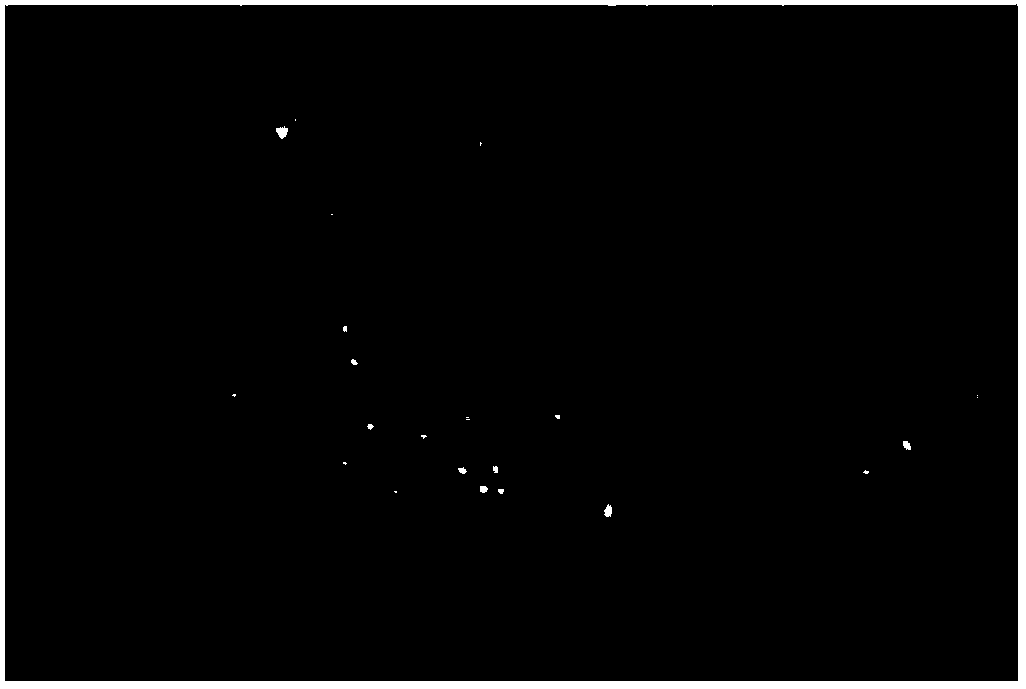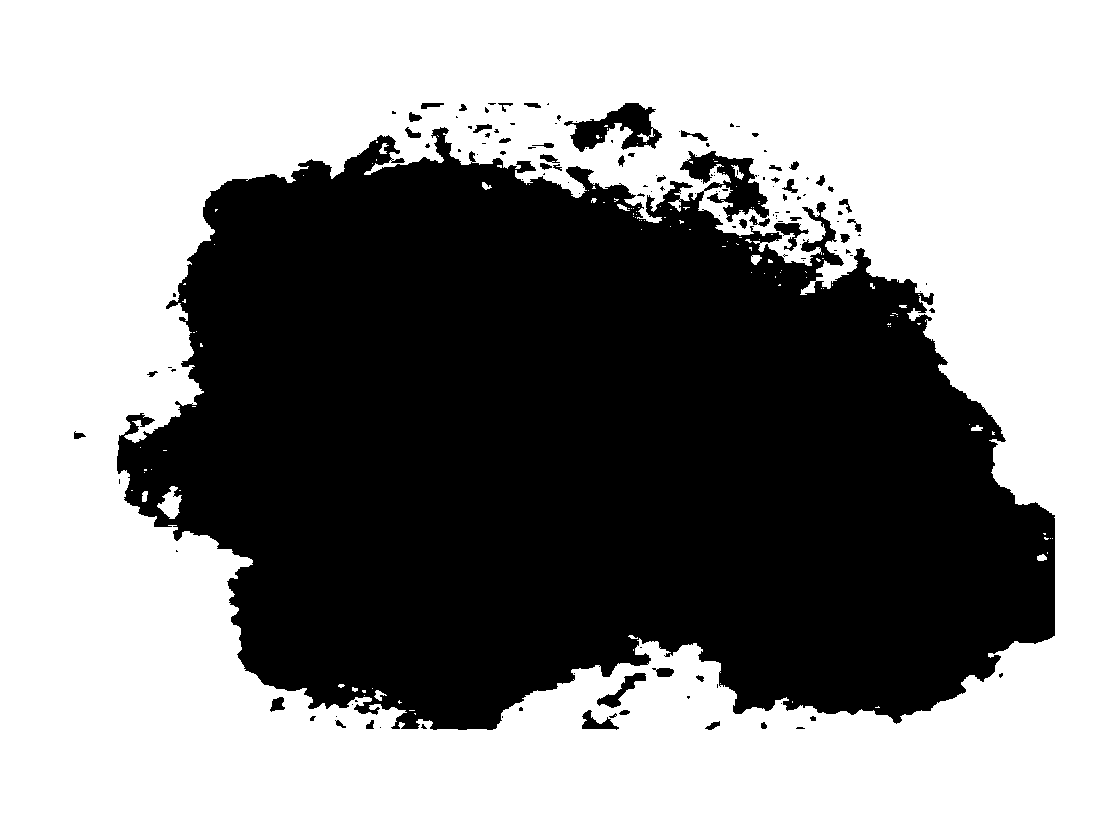Separation and culture method using ginseng cambium stem cells
A cultivation method and cambium technology, applied in the field of plant stem cell separation and cultivation, can solve the problems of weak division ability, degeneration of cell lines, limited division ability, etc., and achieve the effects of strong stress resistance, fast growth speed and reduced production cost
- Summary
- Abstract
- Description
- Claims
- Application Information
AI Technical Summary
Problems solved by technology
Method used
Image
Examples
Embodiment 1
[0021] (1) Firstly, the root tuber of Northeastern ginseng with a diameter of 2 cm was sterilized with 0.1% mercury chloride for 10 minutes, and then cut into 0.2 cm thick semicircular slices including periderm, phloem and cambium, see figure 1 .
[0022] (2) Place the above semicircular slices in a solution containing 1.0 mg.L -1 Picloram and 0.5mg.L -1 2,4-dichlorophenoxyacetic acid in WPM medium, cultured at 25°C in the dark. Due to the rapid division of cambium stem cells, a cluster of cambium stem cells accumulates significantly on the explant to form a bulge, see figure 2 , this stem cell mass has a dense texture and a smoother surface.
[0023] (3) Two weeks later, the explants whose cambium proliferated significantly were taken out, and the cambium stem cells were separated and transferred to the subculture medium for culture, see image 3 . The subculture medium contains 0.5mg.L -1 Picloram and 0.5mg.L -1 The WPM medium of 2,4-dichlorophenoxyacetic acid is sub...
Embodiment 2
[0025] (1) Firstly, the 2-cm-diameter roots of Northeastern ginseng were sterilized with 0.1% mercury chloride for 10 minutes, and then cut transversely into 0.2-cm-thick semicircular slices including the periderm, phloem and cambium.
[0026] (2) Place the semicircular slices in a solution containing 0.1 mg.L -1 Picloram and 0.5mg.L -1 2,4-dichlorophenoxyacetic acid in WPM medium, cultured at 25°C in the dark.
[0027] (3) Two weeks later, the explants whose cambium proliferated significantly were taken out, and the cambium stem cells were separated and transferred to the subculture medium for culture; the subculture medium contained 1.0mg.L -1 Picloram and 2.0mg.L -1 The WPM medium of 2,4-dichlorophenoxyacetic acid is subcultured every two weeks, and a large number of stem cells can be obtained in a short period of time.
[0028] The values in Table 1 below are the concentrations of picloram and 2,4-dichlorophenoxyacetic acid in the WPM medium and subculture medium used...
PUM
 Login to View More
Login to View More Abstract
Description
Claims
Application Information
 Login to View More
Login to View More - R&D
- Intellectual Property
- Life Sciences
- Materials
- Tech Scout
- Unparalleled Data Quality
- Higher Quality Content
- 60% Fewer Hallucinations
Browse by: Latest US Patents, China's latest patents, Technical Efficacy Thesaurus, Application Domain, Technology Topic, Popular Technical Reports.
© 2025 PatSnap. All rights reserved.Legal|Privacy policy|Modern Slavery Act Transparency Statement|Sitemap|About US| Contact US: help@patsnap.com



